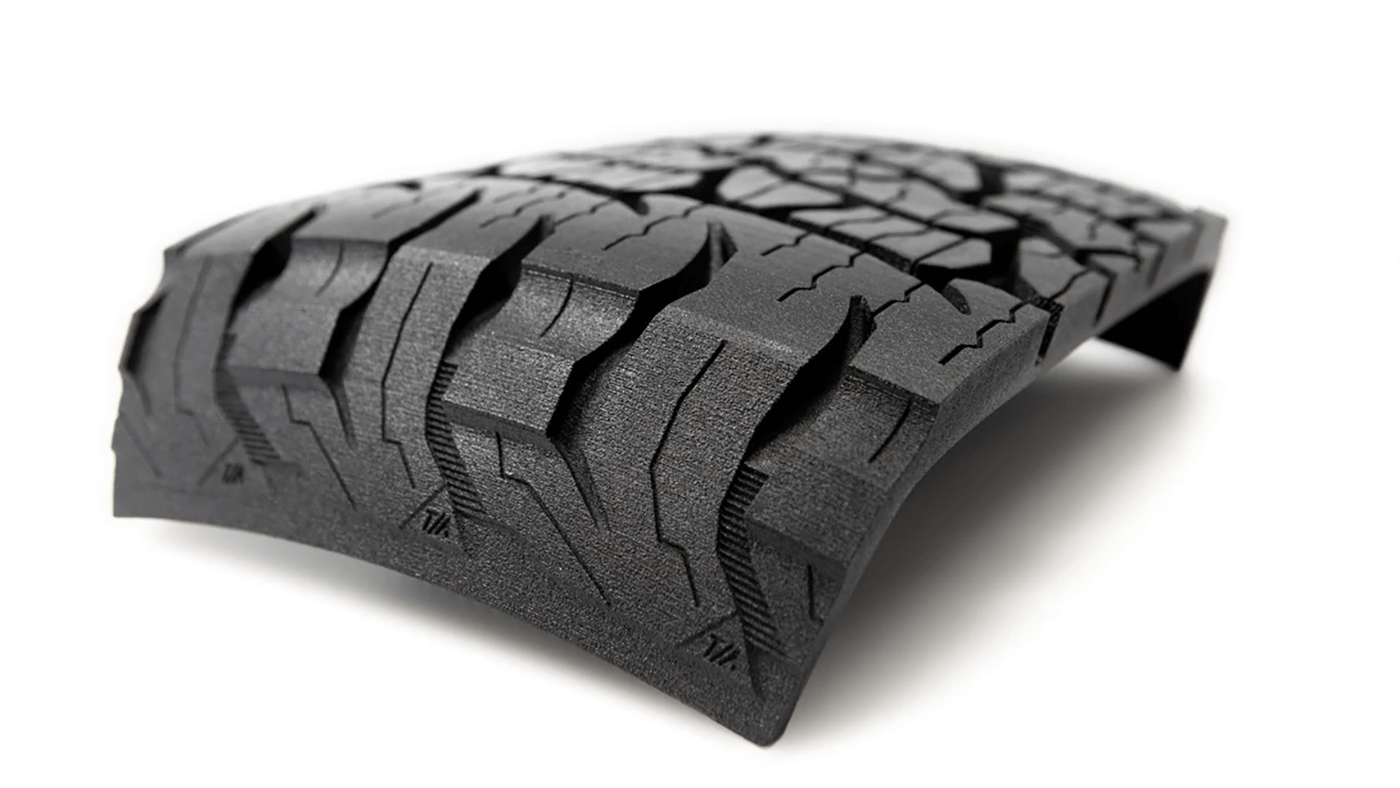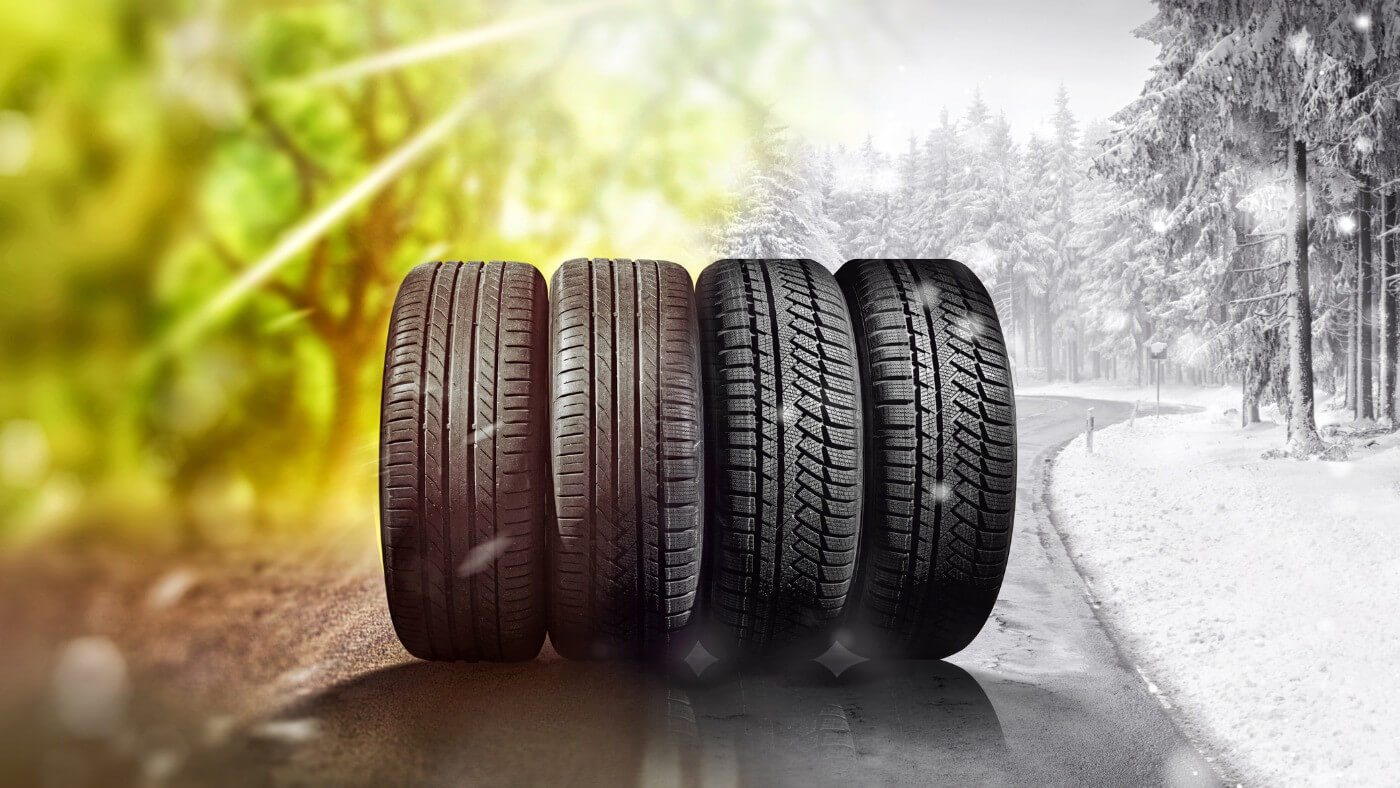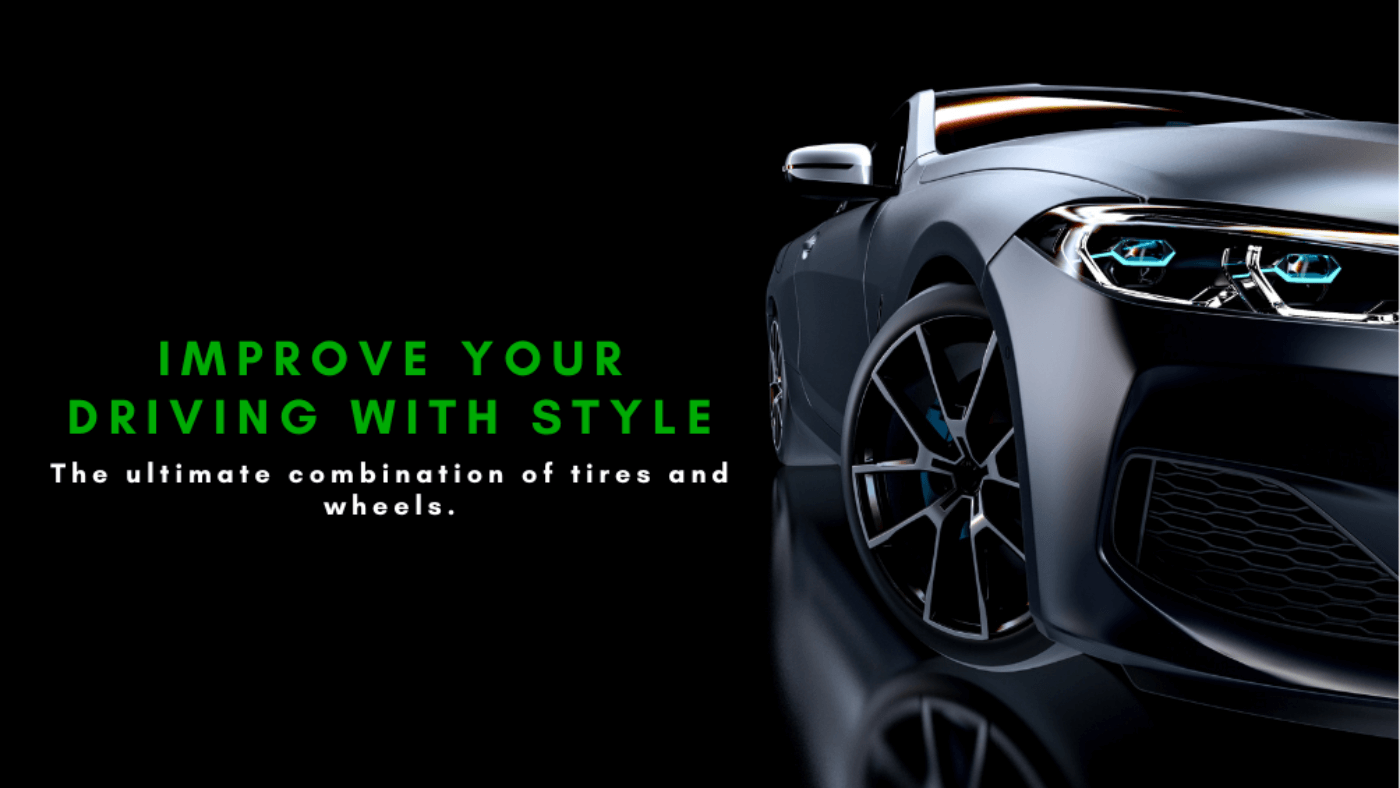When reading about tires of any brand, it's impossible to miss the catchphrases that manufacturers use to boast about the grip of their products. You'll have to check out the accuracy of these claims for yourself, but one thing's for sure: grip is what they want to stress! It's easy enough to understand why it's advantageous for tires to stick to the road when cornering or braking, but the explanation goes much further...
According to BFGoodrich, the idea of increasing tire grip is said to have originated in the 1920s, thanks to a certain John F. Sipe. While working in a slaughterhouse, he realized that notches on his rubber soles greatly reduced the risk of falling. This inspired him to file the first patent for treaded tires in 1923. The rest, as they say, is history!
What's the difference?
As John Sipe discovered, better grip means better stability, which in itself is a considerable advantage on the road. But virtually every aspect of driving is affected by grip, from acceleration to braking. By biting into the road, high-grip tires increase the power transmitted to the wheels and optimize acceleration. Conversely, they also enable more effective braking by increasing friction with the road.
For all these reasons, tire wear is one of the most important factors in the loss of efficiency. Damage to the tread surface can greatly reduce grip, thus adversely affecting your safety and driving experience. The same applies to handling, which can be particularly reduced, especially in cases of extreme wear.
How can we increase grip?
Over the last century, tire manufacturers have perfected their manufacturing methods to optimize grip and increase the longevity of their products. First of all, rubber components and the type of rubber used have been improved to offer greater traction at the molecular level. Greater or lesser proportions of carbon black, silica or natural rubber can have a huge impact on the grip of the finished product. The texture produced by the manufacturing method can also have an impact, as its reliefs act like the teeth of a gear, interlocking with the imperfections of the road. Finally, the tread pattern can also be modified to enable the tire to grip small obstacles and evacuate snow and water.
Whether you decide to go for Goodyear, Uniroyal or Continental tires, one thing's for sure: you'll never look at your wheels in the same way again now that you know all this!





